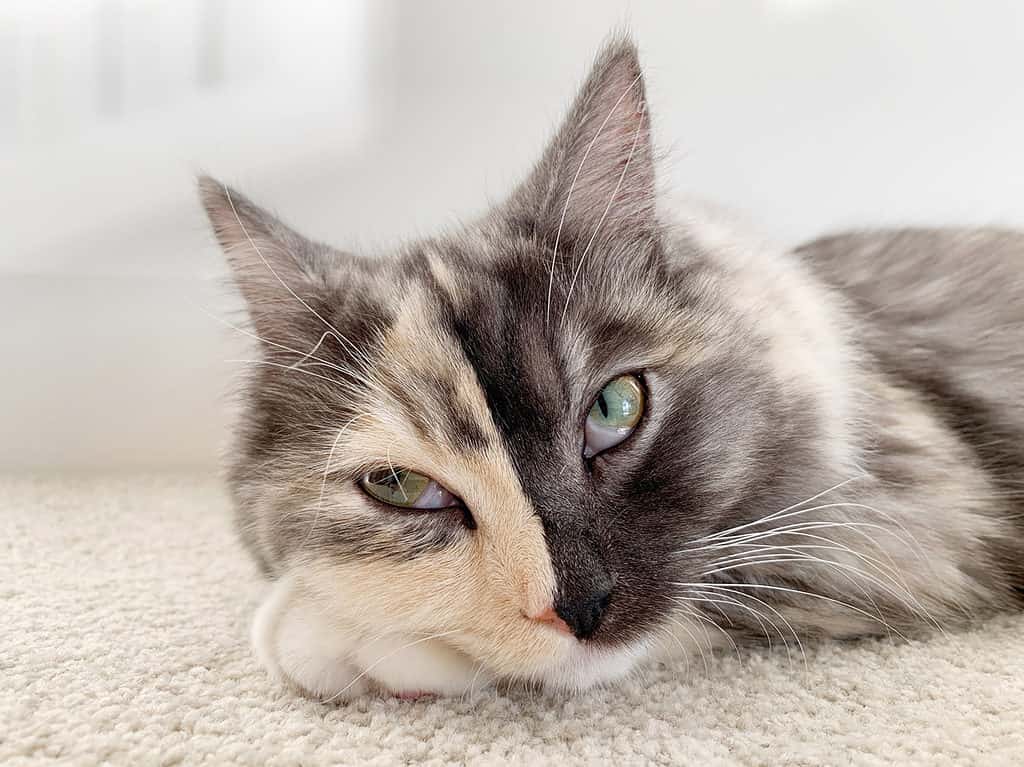Are Chimera Cats Rare?

Introduction
Chimera cats, with their strikingly unique appearance and fascinating genetic makeup, have captured the hearts of cat enthusiasts and animal lovers alike. These extraordinary felines boast a blend of colors and patterns that can make them look like two distinct cats rolled into one. However, the question arises: are chimera cats rare? In this article, we will delve into the world of chimera cats, exploring their genetics, how they differ from other cats, their prevalence, and what makes them such intriguing companions.
Understanding Chimera Cats
What is a Chimera Cat?
A chimera cat is a feline that has two distinct sets of DNA, which results in an unusual and often beautiful coat pattern. This genetic phenomenon occurs when two embryos merge in the womb, leading to the development of a single organism with cells from both original embryos. This can manifest in various ways, including:
- Different Coat Colors: A chimera cat may have one side of its body predominantly one color (e.g., black) and the other side a different color (e.g., orange).
- Varied Eye Colors: Some chimera cats can even have two different eye colors, adding to their unique allure.
How Are Chimera Cats Different from Tortoiseshell or Calico Cats?
While chimera cats are often confused with tortoiseshell or calico cats, there are distinct differences:
- Genetics: Tortoiseshell and calico cats are typically female and possess a single set of DNA, with their coloration resulting from X chromosome inactivation. In contrast, chimera cats contain genetic material from two distinct sources.
- Appearance: Chimera cats often exhibit clear partitioning in their coat colors, while tortoiseshell and calico cats display a more blended appearance.
Are Chimera Cats Rare?
Prevalence of Chimera Cats
Chimera cats are indeed rare, but their rarity can be attributed to a few key factors:
-
Genetic Occurrence: The occurrence of chimerism is relatively low in the feline population. It is estimated that chimerism happens in about 1 in 10,000 cats, making them quite uncommon.
-
Awareness and Misidentification: Many cat owners may not recognize that they have a chimera cat, often mistaking them for tortoiseshell or calico cats. This lack of awareness can further skew perceptions of their rarity.
-
Breeding Practices: Responsible breeding practices typically prioritize genetic health, which can inadvertently reduce the likelihood of chimerism appearing in purebred lines.
Real-World Examples of Chimera Cats
Several famous chimera cats have gained attention online, showcasing their unique beauty and genetics. One notable example is a cat named “Venus,” known for her striking face—one side is black with a green eye, and the other is orange with a blue eye. Venus has become an internet sensation, drawing attention to the wonders of chimera cats.
The Genetics Behind Chimera Cats
Understanding the genetic basis for chimerism can shed light on why these cats are rare:
-
Fusion of Embryos: Chimerism occurs when two embryos fuse together during early development. This can happen in various species, including humans, but is particularly fascinating in cats due to their diverse coat colors.
-
Genetic Diversity: The resulting genetic diversity can lead to unique physical traits, making each chimera cat distinct in appearance.
Caring for a Chimera Cat
Owning a chimera cat is similar to owning any other cat, but there are a few considerations to keep in mind:
- Regular Veterinary Care: Ensure your chimera cat receives regular check-ups and vaccinations to maintain its health.
- Diet and Nutrition: A balanced diet tailored to your cat's age, weight, and health requirements is essential.
- Environmental Enrichment: Providing toys, scratching posts, and opportunities for play can keep your chimera cat happy and engaged.
Conclusion
In summary, chimera cats are indeed rare, offering a unique glimpse into the wonders of genetics and the natural world. Their striking appearances and fascinating stories make them captivating companions for those fortunate enough to have one. As we continue to learn more about these extraordinary felines, it's essential to appreciate their uniqueness and the genetic marvels that contribute to their existence. If you ever encounter a chimera cat, consider yourself lucky to witness one of nature's rarest creations.



Comments ()